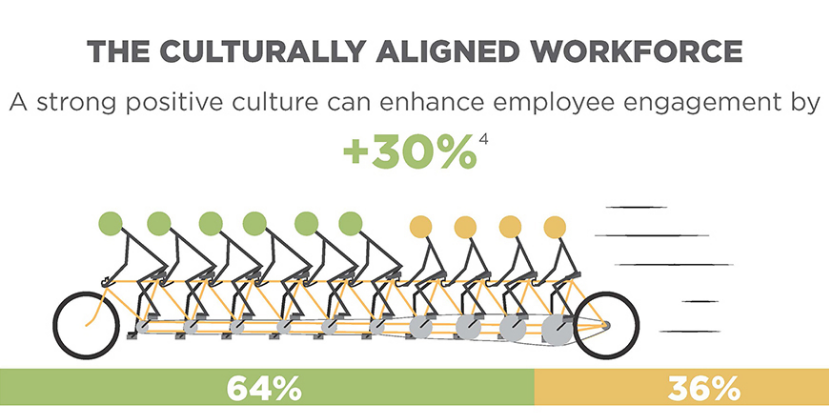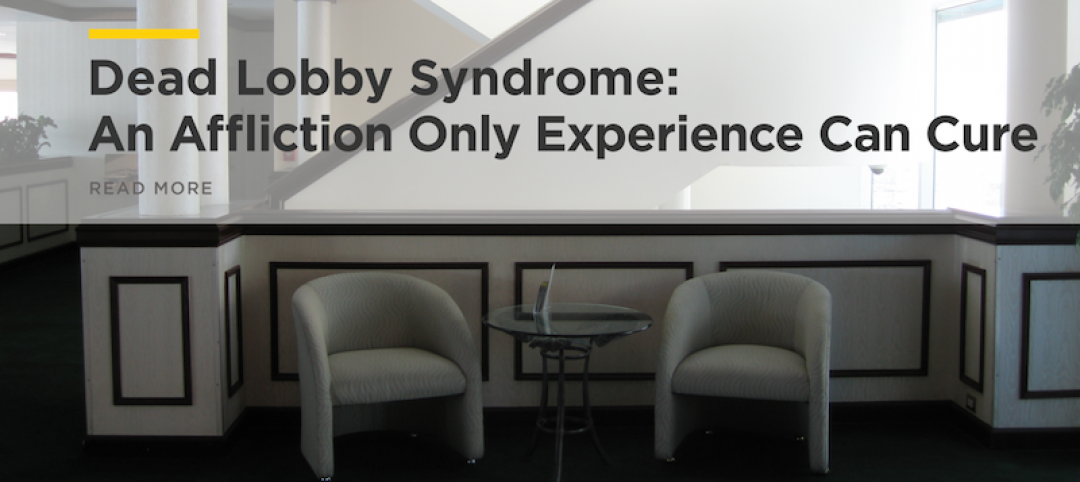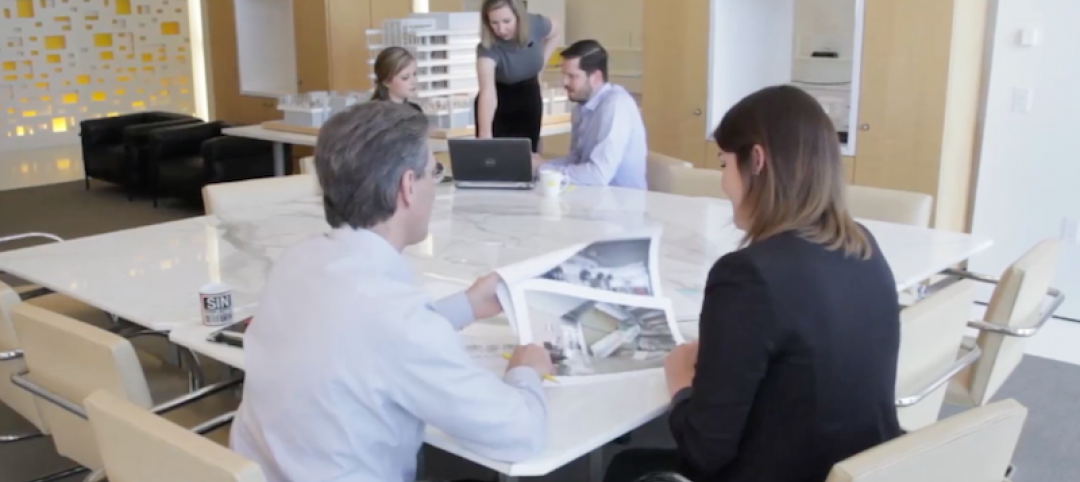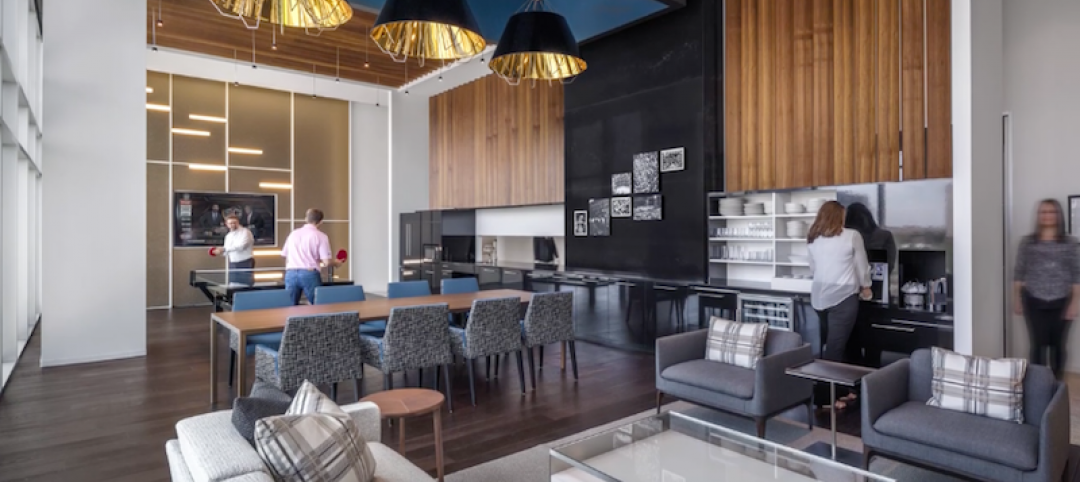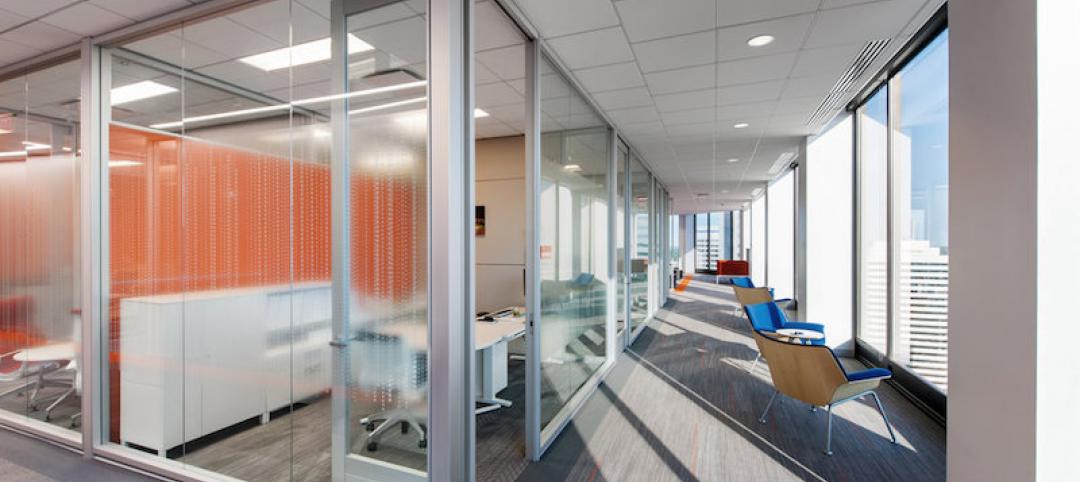Though profitability is important, every employer also desires engaged employees.
Engaged employees are working to make their organization more successful, move projects forward and come up with innovative ideas. Disengaged employees come to work, complete their tasks and leave at a predetermined time. While this may seem harmless, disengaged employees simply do the bare minimum of what is required, putting no extra effort or passion into their daily activities. The 16.5% of the workforce that is actively disengaged comprises disruptive employees who are not only unproductive, but also negatively impact the productivity of those around them1.
Although you may be familiar with these statistics, you might not know why 66% of your workforce is disengaged or actively disengaged. A strong positive culture can enhance employee engagement by 30%2, resulting in up to a 19% increase in operating income, and a 28% increase in earnings growth3.
A strong positive company culture is not an organic adoption of employee behaviors, but a well-planned component of your business strategy. Organizational culture is found in the values of your business, the systems in place to run the business, the artifacts describing historical successes, and the behaviors4 of the individuals in your organization. A thoughtfully planned culture has the power to align your organization’s people, processes, and workplace.
The culture of your organization is powerful enough to encourage and inspire your employees, or conversely, negatively affect their satisfaction and performance. Organizations that purposefully craft and develop their culture experience a 14% turnover rate, whereas, organizations that ignore their culture experience a 48% turnover rate, which can cost up to 2.5x a person’s salary. Ignoring your company’s culture may also lead to a 33% decrease in operating income and an 11% decrease in earnings growth.
Businesses understand the value to strategizing for success, but all too often, culture develops organically. Identify the culture that you have and determine if it requires change. Then align your business goals with your cultural values to influence your profit margins.
For more, check out our infographic on the ROI of company culture:

About the Author: Christine Mikhail is a Senior Consultant at PDR who specializes in the early stages of a design project. As a member of our workplace performance team, Christine has guided several clients through the discovery phase of their projects. Christine excels at the intersection where culture and leadership meet. Her passion for design begins with understanding her clients’ vision for the future and translating that into a workplace that enables that vision. Christine is a member of the Society for Industrial and Organizational Psychology, and is a leader in PDR’s Organizational Design’s consulting practice that specializes in leadership alignment, coaching and organizational development. cmikhail@pdrcorp.com
More from Author
PDR | Feb 13, 2024
Creating thoughtful tech workplace design
It’s important for office design to be inspiring, but there are some practical principles that can be incorporated into the design of real-world tech workplaces to ensure they convey an exciting, sophisticated allure that accommodates progressive thinking and inventiveness.
PDR | Jan 11, 2019
Open offices are bad!
The Harvard studies on the unintended effects of open office defines it as space where 'one entire floor was open, transparent and boundaryless… [with] assigned seats,' and the other had 'similarly assigned seats in an open office design, with large rooms of desks and monitors and no dividers between people's desks.'
PDR | Oct 16, 2018
Dead lobby syndrome: An affliction only experience can cure
The competition for great tenants has rarely been as fierce as it is today.
PDR | Jan 25, 2018
Four keys to designing autistic-friendly spaces
Autism, in part, gave us modern architecture, writes PDR’s Julie Troung.
PDR | Jul 26, 2017
Meeting space leads to innovation
PDR Principal Larry Lander explains how to design for workplaces where four generations are working together.
PDR | Jul 25, 2017
Managing workplace change: The three C's to building trust
Building trust takes time and consistency, and is typically much easier to break than build.
PDR | Feb 28, 2017
Workplace wellbeing
Organizations are starting to realize that there are benefits to addressing employee wellbeing.
PDR | Dec 6, 2016
Workplace pilots: Test. Learn. Build
Differentiated from mock-ups or beta sites, workplace pilots are small scale built work environments, where an organization’s employees permanently reside and work on a daily basis.
PDR | Oct 4, 2016
Video blog: How to future-proof your workplace
Larry Lander, a Principal with PDR and a registered architect, discusses how modularity can improve a workplace for the business and the individual.
PDR | Sep 8, 2016
Video blog: Top color trends for 2016
Karen Wetmore, Lead Designer at PDR, talks about what’s trending with materials and colors in the workplace.

